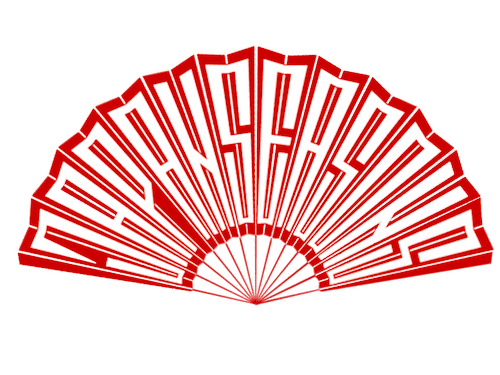Tokyo in Japanese means the Eastern Capital. This name was given to the samurai city of Edo after the capital was moved here from Kyoto in the second half of the 19th century. The largest city in Japan never ceases to amaze travelers with its cleanliness, convenient transportation, and friendliness of the locals who are ready to overcome language barriers and help their foreign guests. Tokyo attracts everybody interested in modern Japan: fans of contemporary architecture and street fashion, video games, and unusual cafes.
- Tours
- Gourmet Tour
Winter Gourmet Tour “December 10 - 17, 2024”
Japanese cuisine is becoming popular all over the world, thanks to its unique traditions, exceptional benefits of seasonal and regional ingredients, and the special aesthetics of food preparation. You have a unique opportunity to explore Japanese cuisine, experiencing not only the authentic taste of sushi but also a variety of culinary delights.
During our gastronomic tour of Japan, we will try a little bit of everything and attend the most exciting food event of the year – the Kyoto Gastronomic Exhibition!
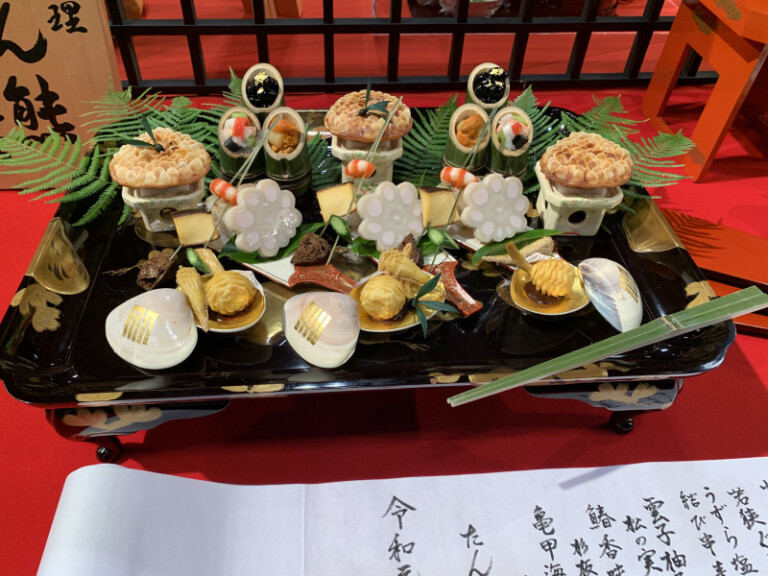
GROUP TOUR ON FIXED DATE
- Group Tour
Dates
- 10 — 17 December 2024
Duration
- 8 days / 7 nights
Price
- Request
Daily itinerary
December 10, 2024 (TUE)
Move to Tokyo, check-in at the hotel
Meeting with the guide in the hotel lobby
Evening guided walk through Ginza and Nihonbashi, introduction to the history and culture of Tokyo
Return to the hotel

Tokyo
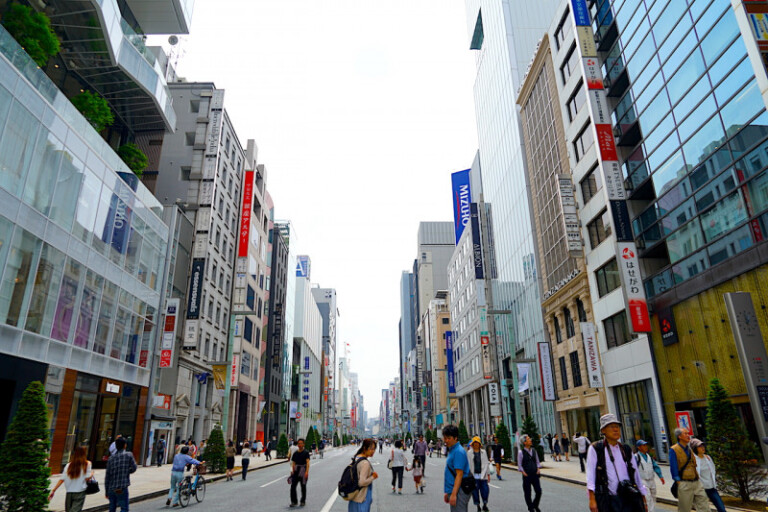
Ginza District
Ginza is Tokyo’s most luxurious shopping district, home to prestigious department stores, world-famous designer boutiques, coffee shops, and traditional Japanese restaurants. People come here to learn about the latest high fashion trends and enjoy the creations of the best architects worldwide.
At the same time, Ginza is an art lover’s paradise. There are about 200 art galleries and Kabukiza Theater, which still regularly hosts Kabuki theater performances.
December 11, 2024 (WED)
Meeting with the guide in the hotel lobby
Tokyo tour: Tokyo Imperial Palace Square, Asakusa district, Sensoji Buddhist Temple, Kaminarimon Thunder Gate, Nakamise shopping street
Lunch during the tour
Travel to Kyoto on Shinkansen bullet train
Check-in at the hotel

Sensoji Temple
Sensoji Temple, located in Tokyo’s historic Asakusa district, is one of the city’s most revered and iconic landmarks. Believed to have been founded in the 7th century, the temple is dedicated to the Bodhisattva Kannon, the Goddess of Mercy. As you approach the temple, you pass through the vibrant Kaminarimon Gate, adorned with a massive red lantern. A bustling market street called Nakamise-dori leads you to the temple’s main hall, where visitors can admire the intricate architecture and serene atmosphere. Sensoji Temple is not only a religious site but also a cultural treasure, offering a glimpse into Tokyo’s rich history and spiritual heritage.
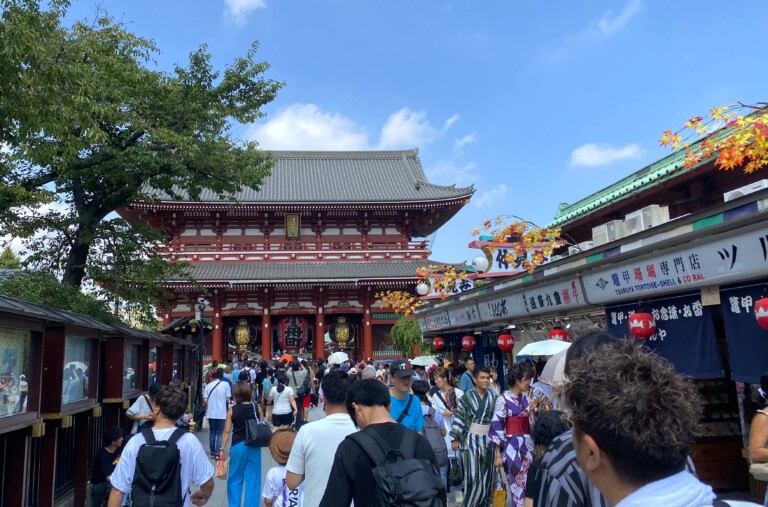
Nakamise Street
Nakamise Street is a historic shopping street in the Asakusa district, believed to be several centuries old. Stretching 250 meters, the street is densely lined with small shops on both sides, selling traditional sweets and souvenirs, and leading from the “Thunder Gate” Kaminarimon to the main grounds of the Sensoji Buddhist Temple. Here, you can watch the baking of Tokyo’s traditional ningyo-yaki sweets, try crispy traditional crackers, and experience the vibrant and lively atmosphere of Japan’s usually serene capital.
December 12, 2024 (THU)
Meeting with the guide in the hotel lobby
Kyoto tour - introduction to the life of the Old Capital: Kyoto cuisine - Nishiki Market, Teramachi Street of Craftsmen, geisha districts, Yasaka Shrine, traditional alleys of the Higashiyama district, Fushimi Inari Shrine with its 1000 red torii gates
Themed lunch during the tour
Return to the hotel
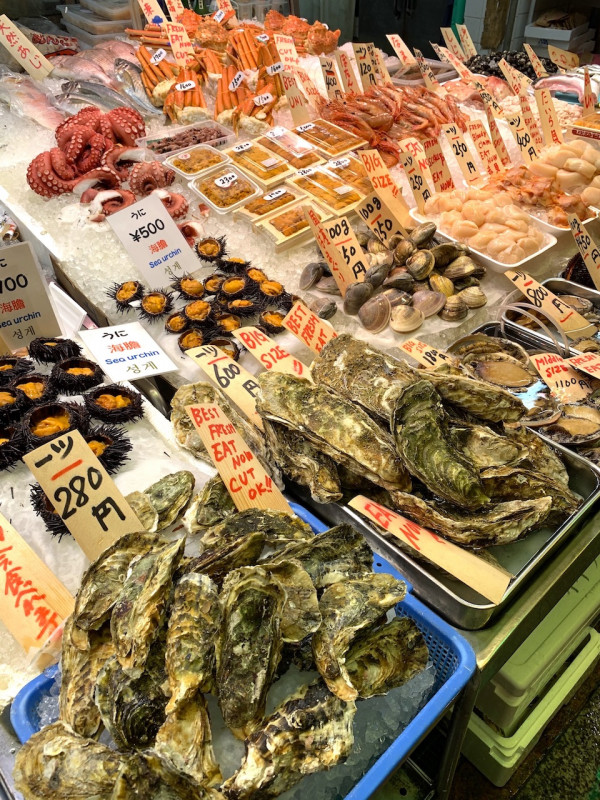
Nishiki Market
Nishiki Market is a narrow, covered street paralleling one of Kyoto’s main avenues. It features more than 100 stores and restaurants specializing in food and tableware. Here you can find fresh seafood and vegetables, famous Kyoto pickles and sweets, dishes, knives, teas, and much more.
Many stores offer free or low-cost tastings of their most popular products. You can also sit in a small bar or restaurant and watch the lively life of this part of Kyoto, which has changed little in the last 400 years.
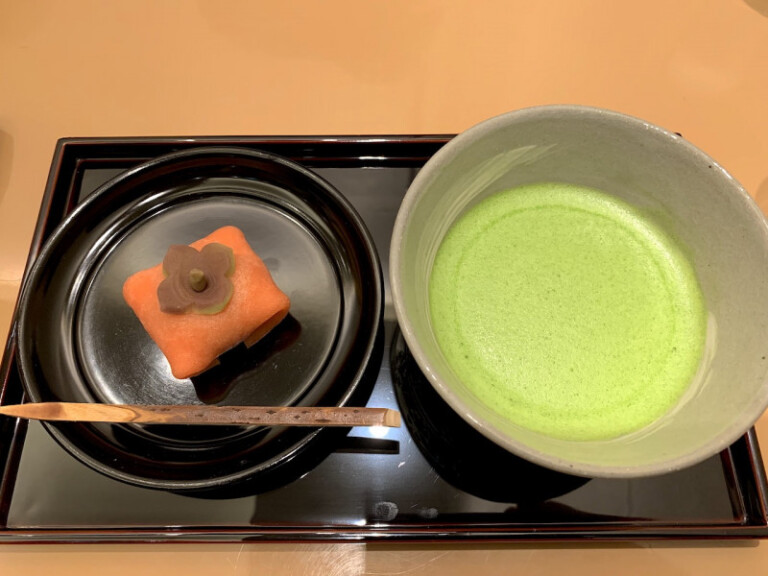
Teramachi Street
Teramachi Street is one of the most interesting historical streets in Kyoto. A thousand years ago, this area was home to the fashionable residences of those close to the emperor’s court. During the Middle Ages civil wars, this part of the city was almost destroyed. The mighty Toyotomi Hideyoshi renovated the war-torn capital and gathered Buddhist temples on this street, around which a shopping and artisan district eventually formed. Today, Teramachi Street features old temples, traditional and modern stores, and a variety of restaurants.
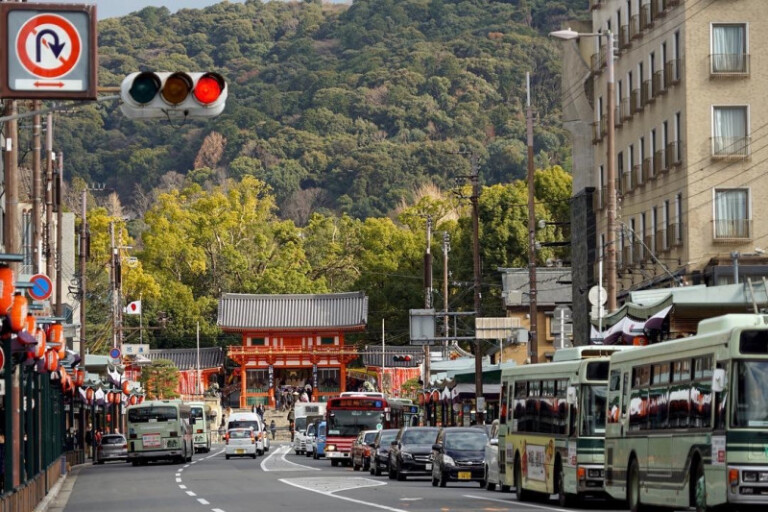
Yasaka-jinja Shrine
According to the legend, Yasaka-jinja Shrine was founded in 656 (almost a century and a half before Kyoto) and has long been loved by the citizens. When epidemics ravaged the country in 869, the emperor ordered a grand procession to the temple, and the deity Gozu Tenno stopped the disease. It was the beginning of Japan’s oldest and most colorful festival, Gion Matsuri. In Yasaka-jinja, you can pray to deities of family, beauty, and wealth and stroll through Maruyama Park to enjoy live music and see the rickshaws running around.
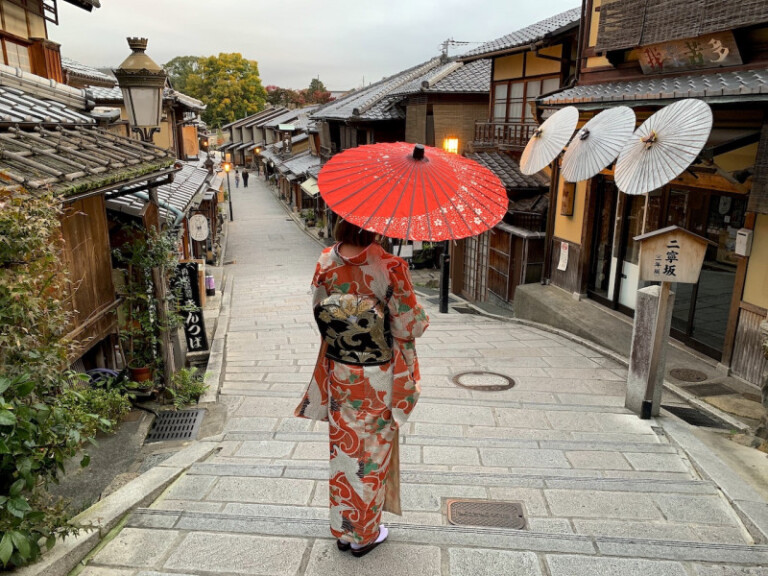
Gion (Geisha District)
Geisha district Gion is Kyoto’s largest and most vivid geisha district. Its history dated to the Middle Ages when restaurants and tea houses for pilgrims began to open around Yasaka Shrine. The picturesque streets of the district are filled with traditional houses with wooden facades, running rickshaws, geisha, and their apprentices (maiko), who still live in Gion and entertain guests every night with their dancing, talking, and table games.
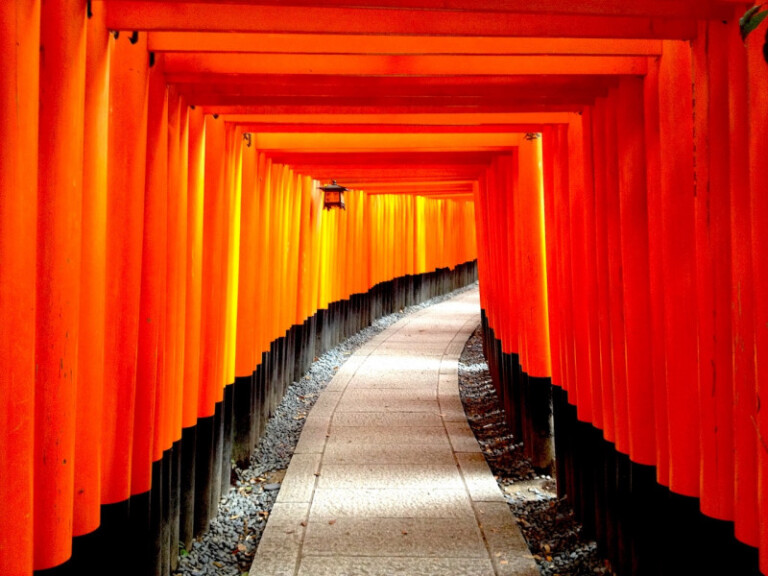
Fushimi Inari Shrine
Fushimi Inari Shrine is one of the most important shrines of the Old Capital and the head shrine for a network of over 32,000 subordinate shrines across the country.
The god Inari, to whom the shrine is dedicated, is considered the patron saint of rice farming and artisans, merchants, and business people in general. According to tradition, a generous offering can earn the god’s favor. In Fushimi Inari Shrine, the best gift is considered to be a temple gate-torii. The popularity of the god Inari can be judged by the fact that the entire shrine area is densely packed with thousands of red gates of various sizes, forming red corridors leading from the main altar to the top of the mountain.
December 13, 2024 (FRI)
Meeting with the guide in the hotel lobby
Introduction to Imperial Kyoto: Nijo Castle with its garden, Heian-jingu Shrine
Themed lunch during the tour
Visit to the Kyoto Cuisine Exhibition
Return to the hotel
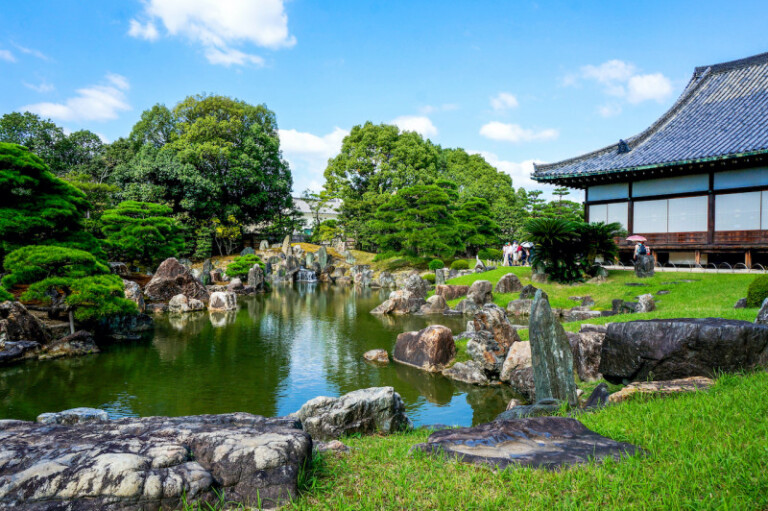
Nijo Castle (Nijo-jo)
Nijo Castle is a UNESCO World Heritage Site in Kyoto, built in the early 17th century for the powerful shogun Tokugawa Ieyasu. During his visits to the imperial capital, the shogun stayed in the castle with several ornate palaces and a beautiful garden. One of the complex’s palaces, Ninomaru, has survived to this day. The palace’s interior is painted by famous artists of the Kano school and is richly decorated with wood carvings and gold. Tokugawa Ieyasu himself admired the garden created by Kobori Enshu, the great master of the tea ceremony and landscape design.

Heian-jingu Shrine
Heian-jingu Shrine was founded in 1895 to commemorate the 1,100th anniversary of Kyoto. There is a scaled-down replica of the first imperial palace after the capital was moved here from Nara. The complex with a promenade garden was named Heian-jingu after the Old Capital. It was dedicated to the deities Kammu and Komei (the first and last emperors who ruled in Kyoto).

Kyoto Cuisine Expo
Kyo-Ryori Tenjitaikai is an exhibition of Kyoto cuisine held annually in the Old Capital since 1886. It brings together chefs from the city’s best restaurants, among which about a hundred are Michelin-star chefs!
Kyoto cuisine is famous for its refined taste and the freshest and strictly seasonal products and for its exquisite serving that presents each dish in a unique way that allows you to fully enjoy the taste, aroma, and appearance of a culinary masterpiece.
At the exhibition, you can try samples of ordinary everyday and festive dishes, enjoy the demonstration performances of masters of fish cutting and artistic serving, and watch competitions among professionals and amateurs.
December 14, 2024 (SAT)
Meeting with the guide in the hotel lobby
Masterclass on making Japanese sweets "wagashi"
Move to Osaka
Tour of Osaka, the capital of Japanese street food: Kuromon Market, Dotonbori district of street food and neon signs
Themed lunch during the tour
Return to Kyoto
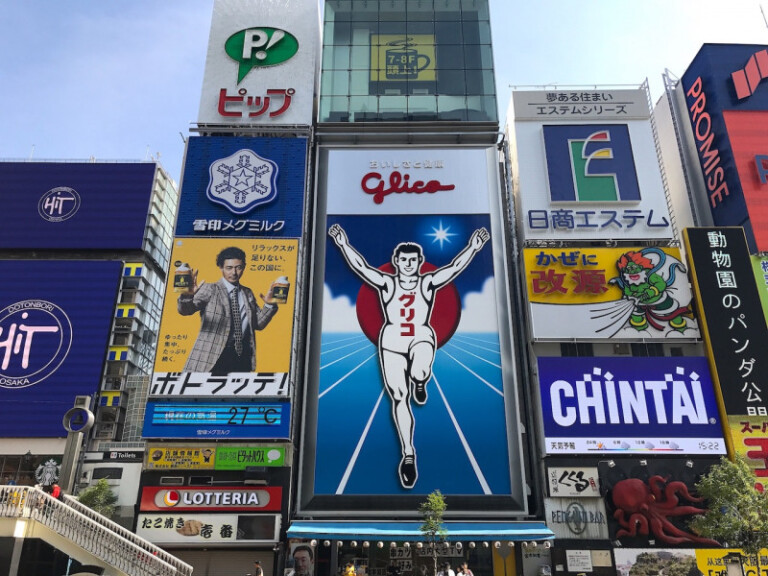
Dotonbori District
Dotonbori is a neighborhood that stretches along the Dotonbori canal between Dotonboribashi Bridge and Nipponbashi Bridge. The history of Dotonbori goes back four hundred years. In the early 17th century, this area was designated for entertainment venues by a government decree. By the end of the Edo era, there were six Kabuki theaters, five Bunraku theaters, and other smaller establishments. A restaurant area eventually grew around the theaters, and the district became one of the most popular places for evening entertainment for citizens and visitors. By now, there’s little left of the traditional theaters, but the area is still famous for its active nightlife, entertainment, and delicious food.
December 15, 2024 (SUN)
Meeting with the guide in the hotel lobby
Tour to the Ancient Capital Nara and the "tea city" Uji: Todai-ji Great Eastern Temple, Nara Deer Park, Byodo-in Temple depicted on the 10-yen coin, introduction to green tea culture
Themed lunch during the tour
Return to Kyoto

Todai-ji Temple
Todai-ji is a Buddhist temple complex whose main building is one of the largest wooden structures in the world. Built in the mid-8th century by order of the emperor with donations from all over the country, the temple features the biggest bronze statue of Buddha in Japan. Almost all the bronze produced in Japan at the time was used to cast the colossal sculpture. The complex also has several unique wooden structures, including the giant Nandaimon Gate with the famous Nio guard figures, the Bell Tower, and Nigatsu-do Hall. The entire complex is a UNESCO World Heritage Site.
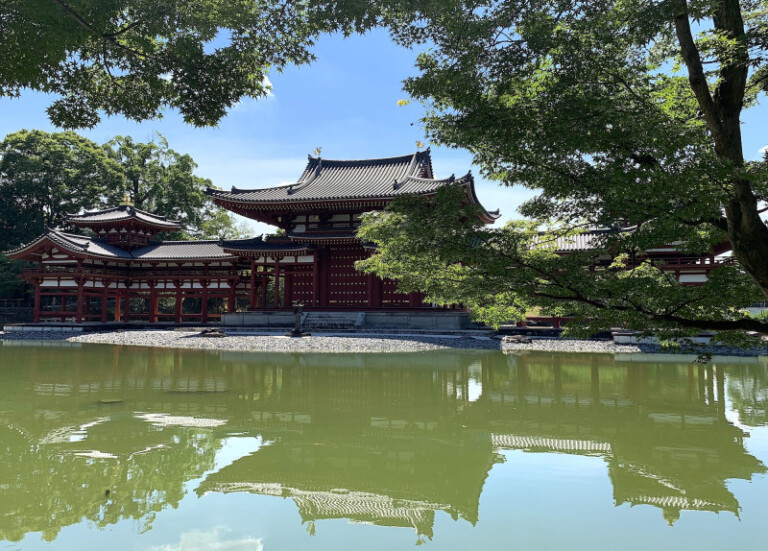
Byodoin Temple
Byodoin Temple is a unique example of Heian-era architecture and a UNESCO World Heritage Site featured on a 10-yen coin and a 10,000 bill. The complex was initially built as a villa for the aristocrats from the Fujiwara family and was later transformed into a Buddhist temple. The grand Phoenix Hall and the surrounding garden were designed to resemble the Pure Land where Amida Buddha lives. In the center of the hall stands a statue of Buddha surrounded by the celestials dancing and playing musical instruments. In the temple museum, you can see the original sculptures of the celestials and other treasures that miraculously survived centuries of wars and fires.
December 16, 2024 (MON)
Free day in Kyoto
Travel to Tokyo on the Shinkansen
Check-in at the hotel
December 17, 2024 (TUE)
Transfer to Narita or Haneda Airport
Departure
